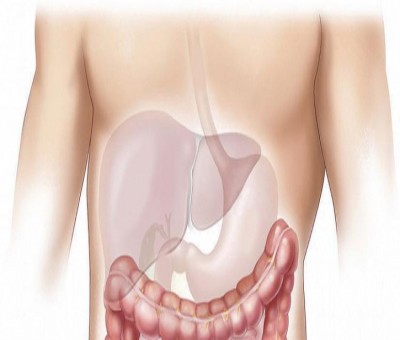
Chandigarh, Non-alcoholic fatty liver disease (NAFLD) is a lifestyle ailment which affects 25-30 per cent of the world population.
In India, the overall prevalence of NAFLD in the general population is close to 40 per cent and may still be higher at certain places, including Chandigarh, say doctors.
On the occasion of International NASH Day, the Indian National Association for Study of the Liver (INASL)-NAFLD Taskforce and Indian Consortium on NAFLD (ICON-D) launched an �Action plan for the prevention and control of non-alcoholic fatty liver disease in India'.
Experts feel that educating the public on healthy lifestyle will go a long way in preventing and controlling this disease.
NAFLD is usually thought as a benign condition and is often ignored by the patients.
The main reasons for NAFLD in India are the metabolic risk factors related to sedentary lifestyle and intake of high calorie food.
Overweight or obesity, diabetes mellitus (blood sugar), hypertension (high blood pressure) and dyslipidemia (deranged blood lipids) are the main risk factors for NAFLD, even though some patients may be predisposed genetically.
The diagnosis of NAFLD is usually simple, based on blood tests, ultrasound and few other tests, but may be delayed due to lack of symptoms in the early stage.
The disease may also be ignored by the patients and physicians alike due to slow progression and lack of specific complaints.
In addition to affecting the liver, NAFLD has also become a very common risk factor for various extra-hepatic diseases like cardiovascular disease, chronic kidney disease, bone loss, obstructed sleep apnoea and cancers of various organs.
The treatment of patients with NAFLD revolves around maintaining a healthy lifestyle with good diet and regular exercise.
Those who are overweight are encouraged to lose weight by cutting down on their calorie intake and by burning more calories through aerobic or anaerobic exercises.
Patients who progress on to severe form of disease (NASH with or without fibrosis, cirrhosis, liver cancer) do require other modalities of treatment, including pharmacological drugs, endoscopy and liver transplantation for those with liver failure.


.jpeg)

